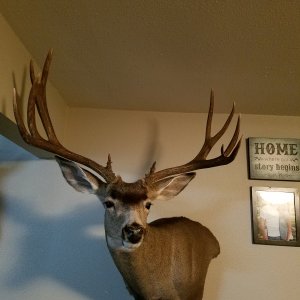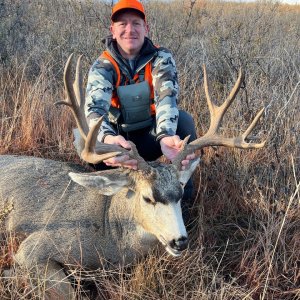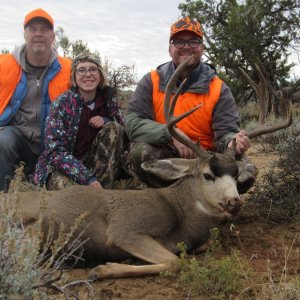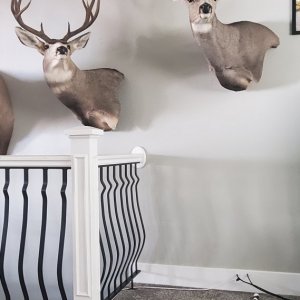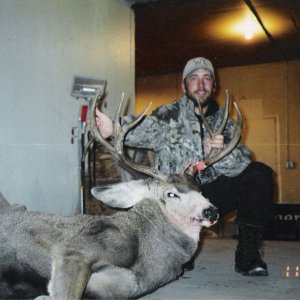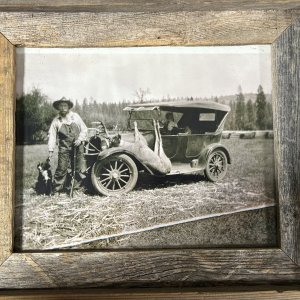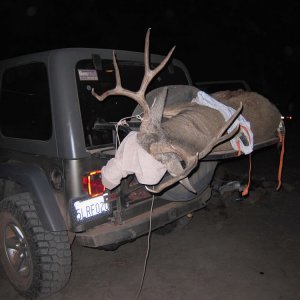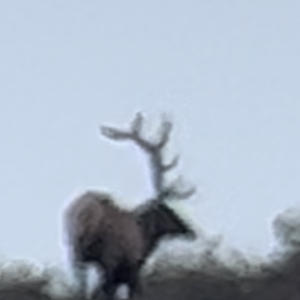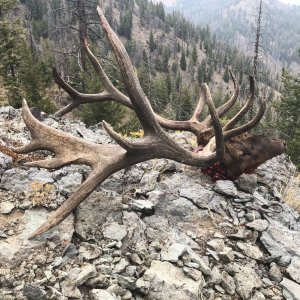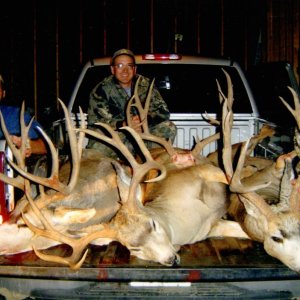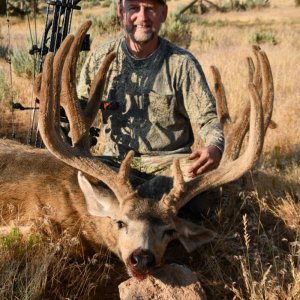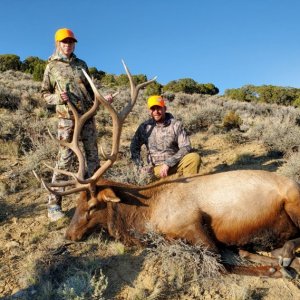BrianID
Very Active Member
- Messages
- 2,148
I know that most of the deer that die during the winter are the young and the old.
Does anyone know of any studies done specifically on winterkill of bucks of different ages?
I know that there are several factors that will cause a buck to winter kill (late green up, snow depth, low temperatures, winter habitat including food & shelter, age of the buck, lack of fat stores caused by rutting hard or not enough food during the summer and/or fall, etc)
Does anyone know or have an opinion about mid aged bucks getting killed by a hard winter?
At what age does a buck become more susceptible to winter kill?
I could be wrong but from what I have read and seen the 1 1/2 year old bucks (aka 2 points) are fairly susceptible to winter kill but don't winterkill at half the rate fawns will.
2 1/2, 3 1/2 & 4 1/2 year old bucks are able to withstand a tough winter. Winterkill for mid aged bucks is uncommon, even if they are the ones doing the breeding.
5 1/2 year old bucks generally don't winterkill but are becoming more susceptible to winterkill. Once they get around 8 or 9 years old they are very susceptible to winterkill even during an average winter. Excluding predators, the age of a buck is generally limited by his teeth. The vegetation that a buck feeds on will affect how long his teeth last. A buck that feeds mostly on softer vegetation (generally around agricultural areas) doesn't wear down his teeth as fast as a buck that feeds mostly on things like bitter brush.
Like I said earlier the ideas expressed above are just how I think it works but I could be wrong. If any of you disagree with it, I would like to hear your opinion.
Anyway I just wanted to see what some of you thought. If anyone knows any specific research done on this, post some info so I can try to look up more information about that specific study.
Does anyone know of any studies done specifically on winterkill of bucks of different ages?
I know that there are several factors that will cause a buck to winter kill (late green up, snow depth, low temperatures, winter habitat including food & shelter, age of the buck, lack of fat stores caused by rutting hard or not enough food during the summer and/or fall, etc)
Does anyone know or have an opinion about mid aged bucks getting killed by a hard winter?
At what age does a buck become more susceptible to winter kill?
I could be wrong but from what I have read and seen the 1 1/2 year old bucks (aka 2 points) are fairly susceptible to winter kill but don't winterkill at half the rate fawns will.
2 1/2, 3 1/2 & 4 1/2 year old bucks are able to withstand a tough winter. Winterkill for mid aged bucks is uncommon, even if they are the ones doing the breeding.
5 1/2 year old bucks generally don't winterkill but are becoming more susceptible to winterkill. Once they get around 8 or 9 years old they are very susceptible to winterkill even during an average winter. Excluding predators, the age of a buck is generally limited by his teeth. The vegetation that a buck feeds on will affect how long his teeth last. A buck that feeds mostly on softer vegetation (generally around agricultural areas) doesn't wear down his teeth as fast as a buck that feeds mostly on things like bitter brush.
Like I said earlier the ideas expressed above are just how I think it works but I could be wrong. If any of you disagree with it, I would like to hear your opinion.
Anyway I just wanted to see what some of you thought. If anyone knows any specific research done on this, post some info so I can try to look up more information about that specific study.

